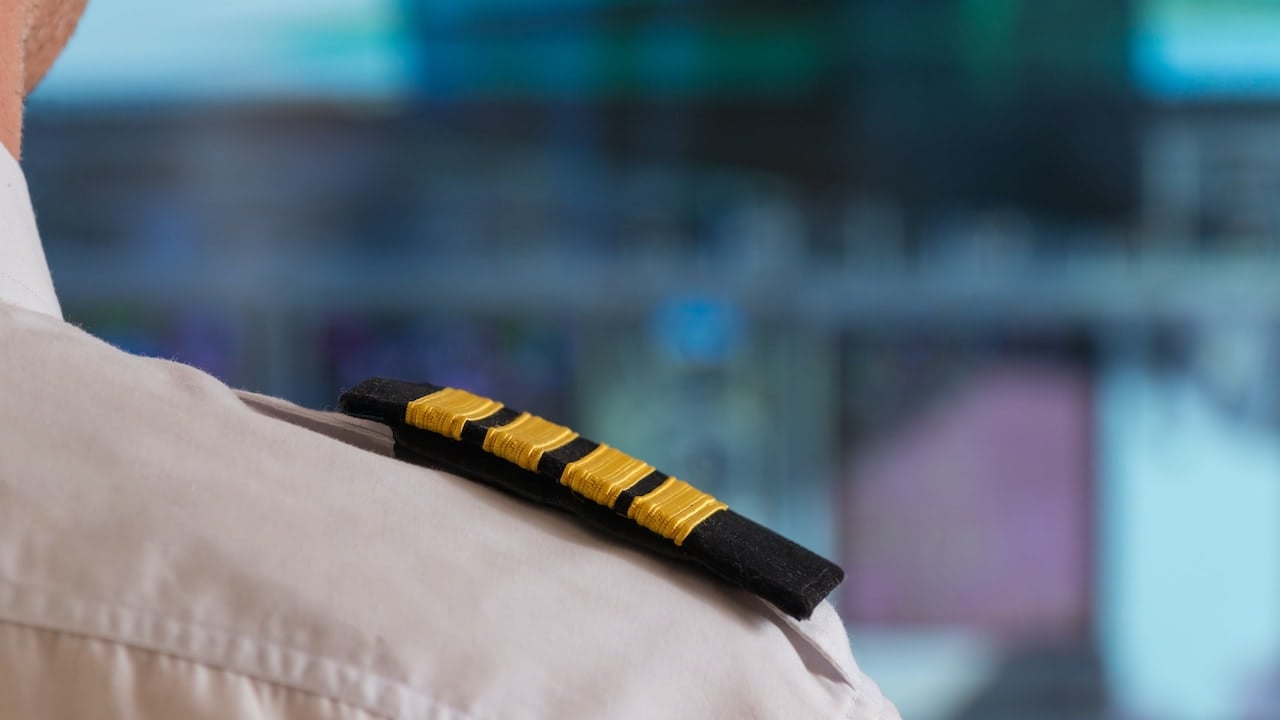We’re sure you’ve already seen videos of pilot graduations and rank insignia ceremonies at our academy, haven’t you? Then follow our social media, because you’re missing out on the highlights!
At One Air, every time a student passes a specific level in their training to become an airline pilot, they are awarded a new rank badge on their epaulette. What does each of these represent? Let’s find out!
One stripe
The first rank insignia is received at the start of the course. If the student opts for the modular ATPL route, they will be awarded their first rating badge at the start of the PPL course. However, if they choose to go the integrated course route, the insignia will be awarded at the start of the course itself.
Two stripes
In the modular mode, the second rank rating is awarded upon obtaining the Private Pilot Licence or PPL. On the other hand, in the integrated route, it is achieved after the first solo flight, also known as the pilot’s take-off.
Three stripes
Regardless of whether the student follows the integrated or modular route, the third rank award is granted once the theoretical phase of the ATPL is passed.
Four stripes
The fourth and final stripe, the most coveted, is awarded when the Commercial Pilot Licence, CPL, is obtained.



